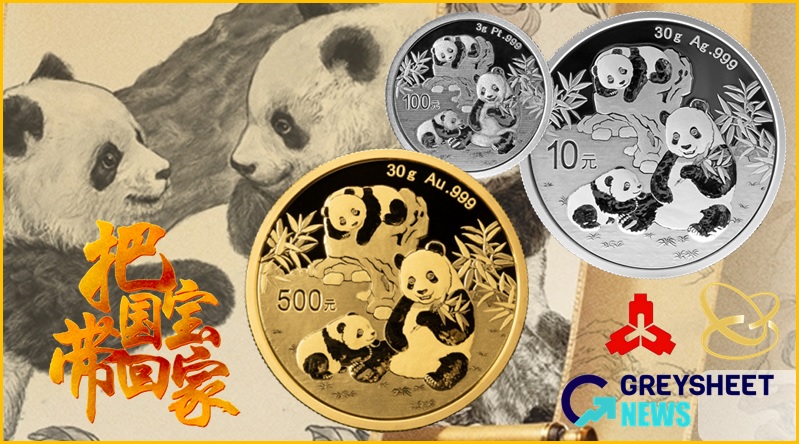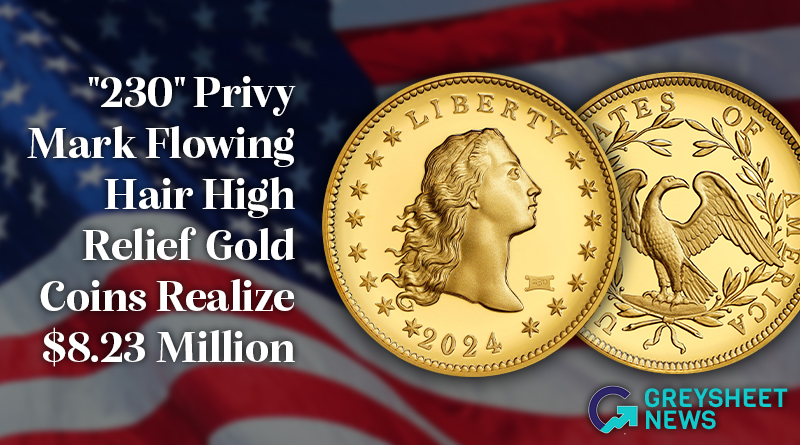Greysheet & CPG® PRICE GUIDE
- U.S. Currency /
- Small Size Notes /
-
1995 Federal Reserve Notes - Small Values
Year
Sort by
About This Series
Small-size Federal Reserve notes are the sole type of paper currency presently issued by the United States government. However, the production lineup has changed significantly since the first of the Federal Reserve notes were issued under the Series of 1928. Over the course of time since the late 1920s, notes ranging in denominational values of $1 to $10,000 were printed, though today only $1, $5, $10, $20, $50, and $100 notes are made.
The appearance of small-size Federal Reserve notes remained relatively unchanged in their overall format until the mid 1990s, when the United States government began implementing advanced security features on paper currency. With the Series of 1996, the $20, $50, and $100 bills sported larger portraits, enhanced watermarks, and color-shifting (black and green) ink. Similar changes were made to the $5 and $10 under the Series of 1999. Further security enhancements have been made to these notes in the years since.
Catalog Detail
Legal Disclaimer
The prices listed in our database are intended to be used as an indication only. Users are strongly encouraged to seek multiple sources of pricing before making a final determination of value. CDN Publishing is not responsible for typographical or database-related errors. Your use of this site indicates full acceptance of these terms.
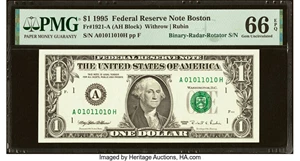
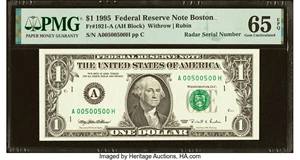
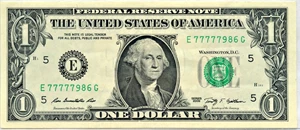











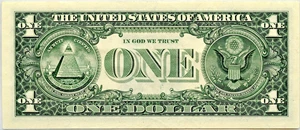
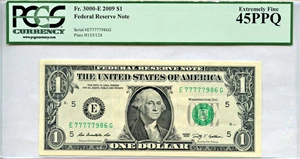
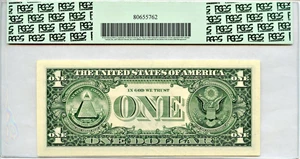




From the Greysheet Marketplace
Buy Now: $393.13
Buy Now: $10,521.88
Buy Now: $900.00
Buy Now: $1,650.00
Buy Now: $900.00
Buy Now: $900.00
Related Stories (powered by Greysheet News)
View all news
Greysheet Catalog Details
Small-size Federal Reserve notes are the sole type of paper currency presently issued by the United States government. However, the production lineup has changed significantly since the first of the Federal Reserve notes were issued under the Series of 1928. Over the course of time since the late 1920s, notes ranging in denominational values of $1 to $10,000 were printed, though today only $1, $5, $10, $20, $50, and $100 notes are made.
The appearance of small-size Federal Reserve notes remained relatively unchanged in their overall format until the mid 1990s, when the United States government began implementing advanced security features on paper currency. With the Series of 1996, the $20, $50, and $100 bills sported larger portraits, enhanced watermarks, and color-shifting (black and green) ink. Similar changes were made to the $5 and $10 under the Series of 1999. Further security enhancements have been made to these notes in the years since.
Catalog Detail
Legal Disclaimer
The prices listed in our database are intended to be used as an indication only. Users are strongly encouraged to seek multiple sources of pricing before making a final determination of value. CDN Publishing is not responsible for typographical or database-related errors. Your use of this site indicates full acceptance of these terms.



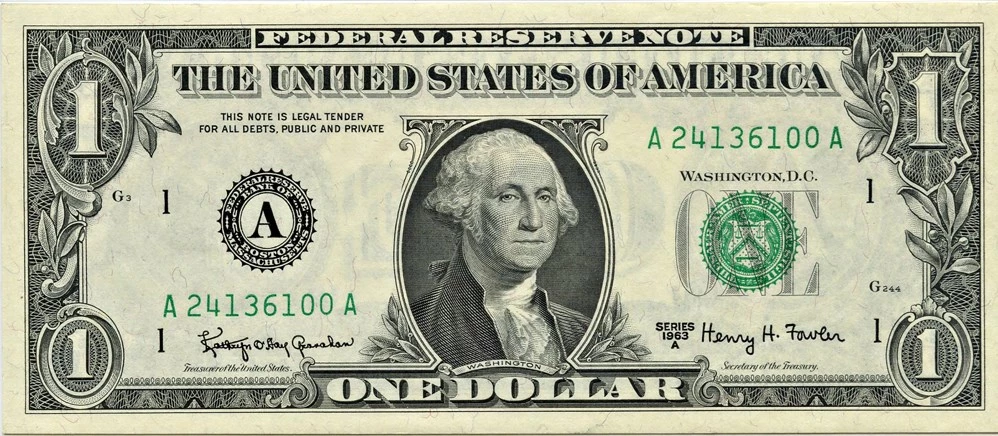





 Loading more ...
Loading more ...


